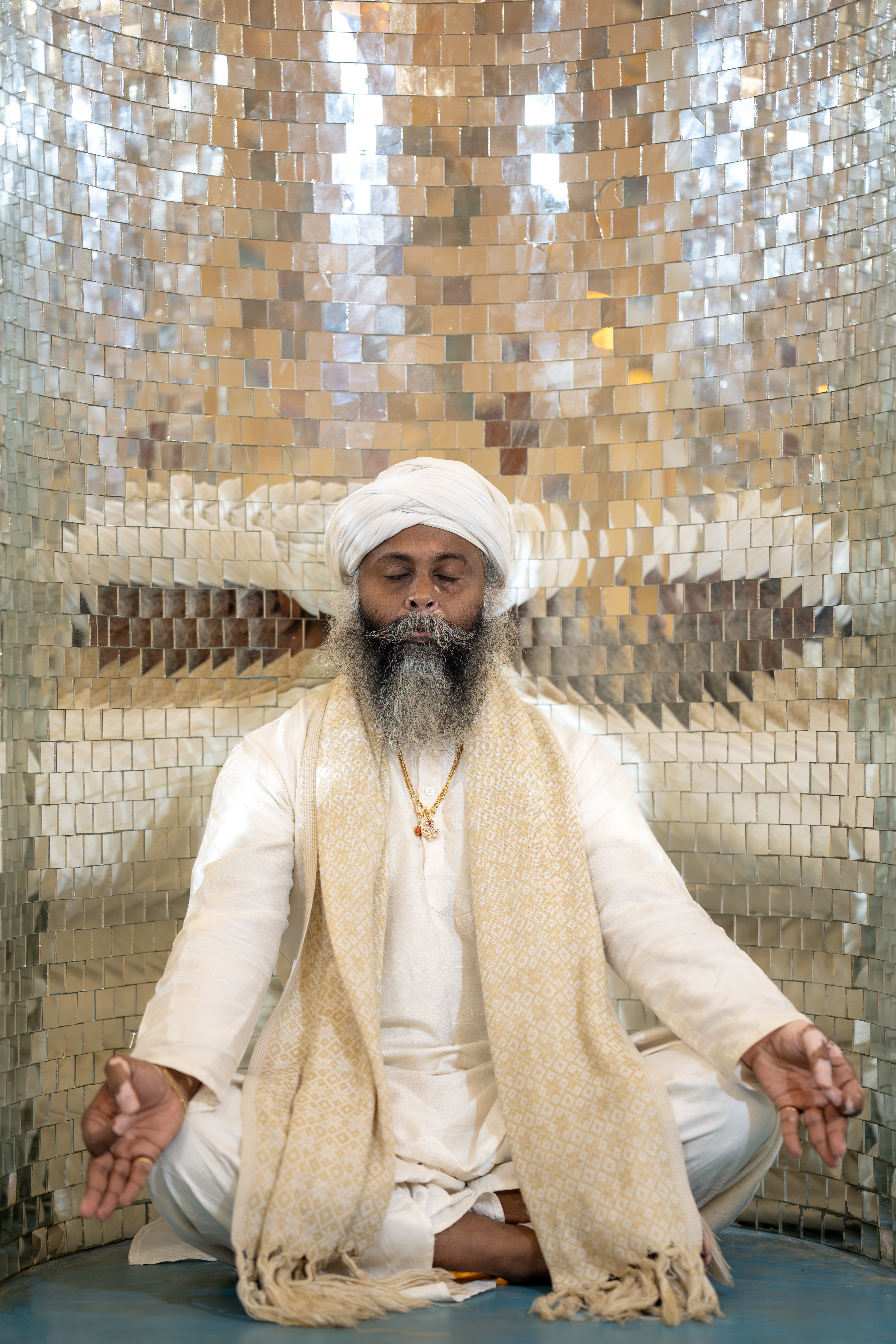In a world where masculinity is often associated with dominance, true strength lies in gentleness. Real masculinity involves restraint and using strength to protect and nurture rather than exert power over others. A man who chooses gentleness reveals a profound understanding of his ability to cherish and safeguard relationships, creating a safe environment for vulnerability, trust, and intimacy.
This gentle approach is not about weakness but active love, showcasing emotional maturity and intelligence. It is visible in attentive listening, thoughtful actions, and a reassuring presence, all of which build strong, respectful partnerships. By embracing vulnerability, such a man not only enriches his own masculinity but also deepens the connection with those around him, fostering trust and closeness.
Gentle masculinity isn’t confined to societal norms or validations but thrives on creating peace and harmony. By valuing trust and respecting boundaries, a gentle man emphasizes that true strength lies in his capacity to nurture and elevate others. His quiet confidence and unwavering support define his masculinity as profoundly loving, embodying patience and compassion as he shares life’s journey with those he loves.
In a society that often associates masculinity with dominance, it is essential to recognize that a man being gentle is, in fact, the epitome of true masculinity. Genuine masculinity involves not the imposition of power but the choice to use one's strength to protect, nurture, and support. A man choosing gentleness demonstrates an understanding of his power and a commitment to creating a safe space for vulnerability, trust, and deep connection.
A truly masculine man recognizes that his gentleness is active love in motion, evident in his thoughtful actions and soothing presence. His approach is defined by emotional intelligence and a willingness to be vulnerable, which enriches his masculinity and deepens the bond with his partner. By prioritizing respect, compassion, and care, he ensures his partner feels seen, heard, and valued.
This form of masculinity thrives in its quiet confidence, reflecting a secure sense of self that does not seek validation from societal expectations. A gentle man honors boundaries and understands that his softness, far from diminishing his masculinity, truly enhances it. Through his consistent care and thoughtfulness, he exemplifies that true masculinity is about love, respect, and creating a secure, cherished environment for his loved ones.
Read more...Navaratri, a vibrant nine-day festival, honors the Goddess Durga in her various forms, each associated with a specific color symbolizing different divine energies and qualities. Day 1 sees the worship of Goddess Shailaputri with the color yellow, representing brightness and new beginnings. This is followed by Day 2, dedicated to Goddess Brahmacharini, symbolized by green, representing growth and renewal, and Day 3 for Goddess Chandraghanta, marked by grey, embodying balance and protection.
The colors continue to reflect the essence of each goddess, with Day 4 dedicated to Goddess Kushmanda with orange, symbolizing energy and creativity. Day 5 celebrates Goddess Skandamata through the color white, representing purity and peace, while Day 6 honors Goddess Katyayani with red, symbolizing strength and courage. Day 7 sees the fierce Goddess Kalaratri associated with royal blue, representing powerful energy, while Day 8's pink embodies the compassion and beauty of Goddess Mahagauri.
Finally, the festival culminates on Day 9 with purple, the color of Goddess Siddhidatri, signifying spiritual wisdom and enlightenment. Through these colors, devotees not only embrace the festive spirit but also enhance their spiritual connection and growth, aligning themselves with the divine virtues each goddess represents. This meaningful tradition fosters a deepened sense of devotion and reflection, enriching the spiritual journey of all who participate.
Read more...Navratri, translating to "nine nights," is a significant Hindu festival dedicated to Goddess Durga and her nine powerful forms. This period symbolizes the victory of good over evil and acts as a time for deep introspection, spiritual growth, and divine connection. Through fasting, meditation, and prayer, devotees detoxify their mind, body, and spirit, fostering clarity and purity while awakening the divine feminine energy within.
The festival also marks the transition from autumn to winter according to the lunar calendar, representing both external and internal shifts. During Navratri, individuals are encouraged to shed negative habits and emotions, prepare for renewal, and reconnect with universal consciousness. This period is particularly beneficial for those navigating challenging Rahu periods, as Goddess Durga transforms Rahu's energy into positive spiritual and material blessings.
Each of the nine days is dedicated to different forms of Durga, known as the Navadurga, with specific mantras to honor each form. Engaging with these mantras can bring about profound healing, transformation, and inner growth. Navratri is not just a celebration—it's a cosmic alignment that helps transcend the mundane and taps into the divine, inviting light, love, and transformation into our lives.
Read more...
